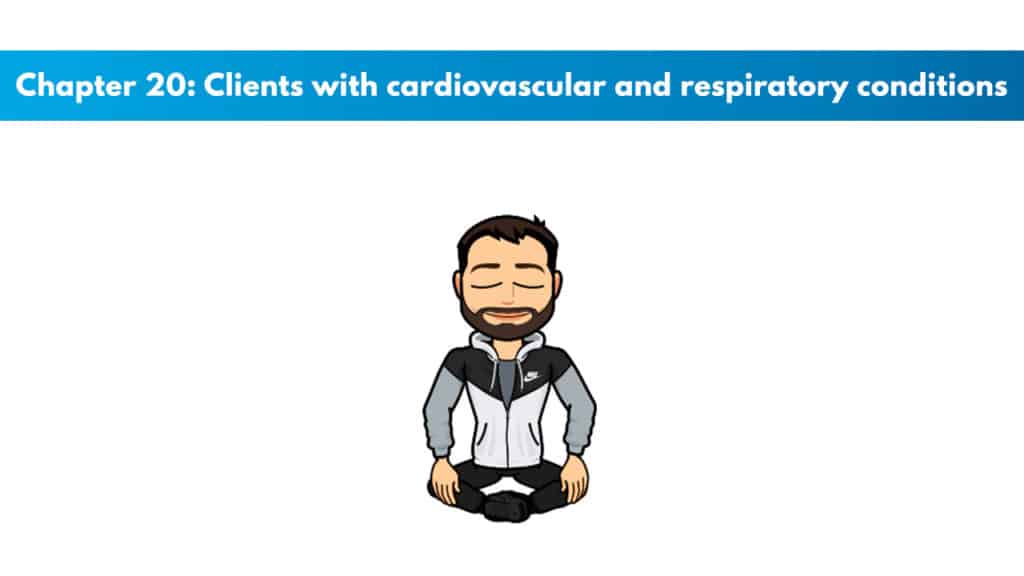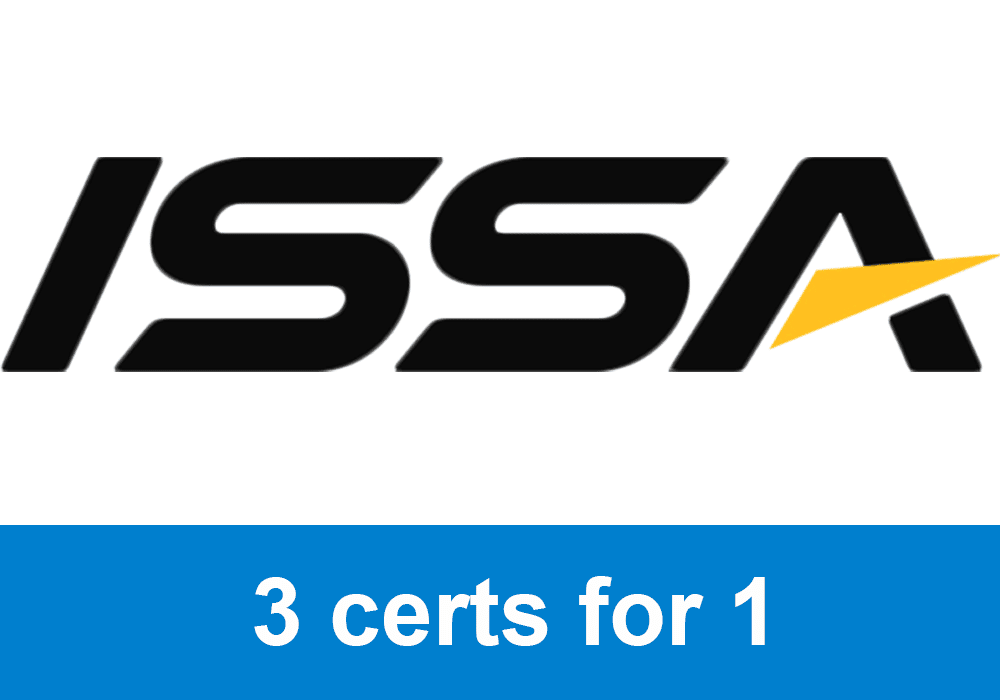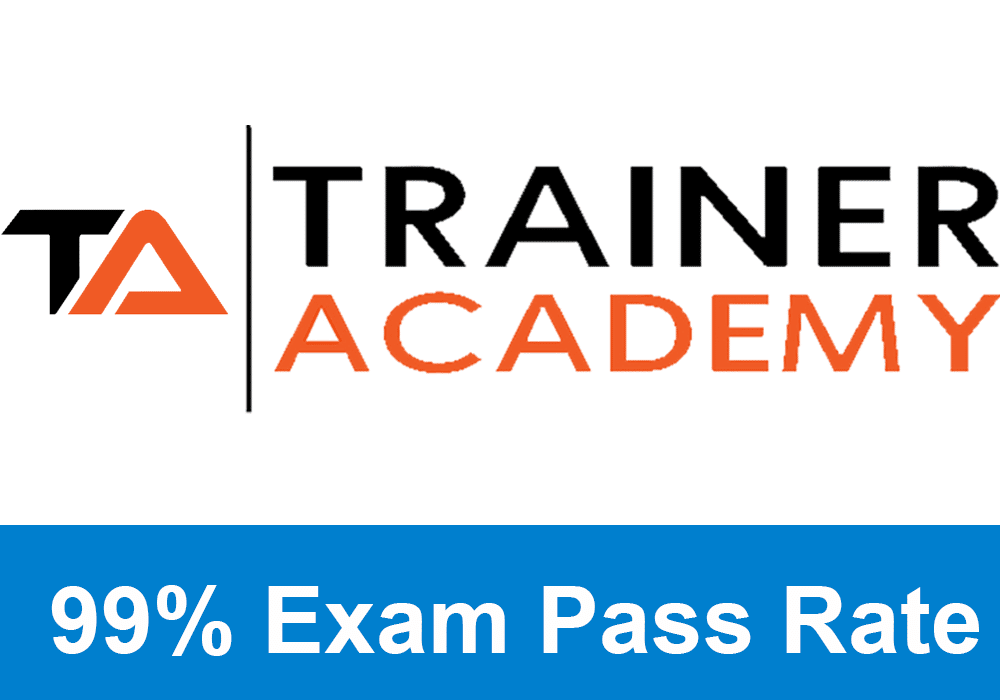
Get your copy of the NSCA CPT exam cheat sheet.
It helps immensely in studying for the NSCA-certified personal trainer exam and is provided by a veteran company in study materials, Trainer Academy.
My PTP students report cutting their NSCA study time and effort in half with Trainer Academy.
Benefit from the Exam Pass Guarantee and Retake Fee Guarantee. Plus, take advantage of my current discount code PTPJULY for 35% off the MVP Program (Ends July 8th, 2025).
Try it out for free here to see if it’s right for you, or read my detailed review for further insights.
Chapter Objectives:
- Know the Pathology and risk factors of hypertension, heart attack, cerebrovascular accident, peripheral vascular disease, asthma, and exercise induced asthma.
- Know the stages of various diseases and how exercise can enhance the client’s quality of life.
- Understand when it is appropriate to refer a client to a medical professional.
Health Screening and Risk Stratification
This is a critical component before beginning any fitness assessment or program. For these clients with cardio and respiratory conditions, physician approval is needed before starting, too.
Trainers must also have additional training related to the patient’s condition to be prepared to know how various treatments and conditions react with other training variables.
Hypertension
Hypertension is basically high blood pressure, and more specifically, it is a systolic reading of 140 or more and/or a diastolic reading of 90 or more. It is found in all age groups, not just the old.
This is an idiopathic disease, so it doesn’t have a known cause.
Exclusive PTP CPT Offers |
||
|---|---|---|
Most Popular Cert | Best Online NCCA Cert | Best Study Materials |
Gold Standard Cert | A Good Option | Best CPT for you?  |
These elevated blood pressures put the client at risk for strokes, heart attacks, or possibly both.
Mild elevation of blood pressure will possibly lead to kidney disease and generalized vascular disease. There is no way to determine if your blood pressure is high based on how you feel.
The risk stratifications are:
- Normal = systolic < 120 and diastolic < 80
- Prehypertension = systolic 120 – 139 and diastolic 80 – 89
- Stage 1 hypertension = systolic 140 – 159 and diastolic 90 – 99
- Stage 2 hypertension = systolic > 160 and diastolic > 100
Clients with stage 1 hypertension or greater do not need to be trained until their blood pressure is better controlled or their doctor clears them.
Management of Hypertension
Managing hypertension typically includes proper exercise techniques, weight loss, and diet changes. Some other general changes are things like getting enough sleep, reducing daily sodium intake, taking in enough potassium, limiting alcohol, and increasing the amount of aerobic activity to 30 to 45 minutes for four or more days within a week.
People with hypertension will likely take medications like beta blockers, calcium channel blockers, ACE inhibitors, ARBs, alpha blockers, and diuretics.
Safety Consideration for Clients With Hypertension
Intensity
People will receive positive training results at a 40 – 50% max oxygen uptake when working out.
This will keep the client likely away from risk increases.
Contraindications
Exercises that are contradicted include activities that increase thoracic pressure. These decrease blood flow to the heart and decrease cardiac output.
Safe Exercise
Safe things include free weights, weight machines, body weights, or elastic bands. Aerobic exercise and circuit weight training are also allowed.
Exercise Guidelines for Clients With Hypertension
Aerobic Conditioning
The goal is to increase the VO2 max and ventilatory threshold.
Exclusive PTP CPT Offers |
||
|---|---|---|
Most Popular Cert | Best Online NCCA Cert | Best Study Materials |
Gold Standard Cert | A Good Option | Best CPT for you?  |
The advised intensity level to begin the program is 40 – 50% VO2 max. The RPE should be from an 8 – 10 on the 20 point scale with an eventual goal of 11 – 13. Every week, we would like to expend 700 – 2000 kcals.
Resistance Training
Rep ranges should consistently be at 16 – 20. This will have them working at 50 – 60% of 1RM on the exercises. Rest intervals will all be 2 – 3 minutes or longer if the client needs it. A max of three sets per exercise is advised. The client will be working toward moving into 8 – 12 reps per set and a duration of 30 – 60 minutes per session.
Myocardial Infarction, Stroke, and Peripheral Vascular Disease
Pathophysiology
This is the same for all three of the diseases because they all represent the end result of vascular occlusive diseases at various body levels. Plaque forms within the lumen of a blood vessel. Focal inflammation occurs around the plaque area, leading to some instability. Collagen develops so that it can stabilize the area by use of a subsequent overlaying by smooth muscle. There are different results next, depending on the timeframe.
Risk Factors
Risk factors for these three are things like hypertension, hypercholesterolemia, diabetes, smoking, obesity, and also family history.
Myocardial Infarction
Cardiac muscle will potentially die during a myocardial infarction. Because the client will have gone through rehab and is cleared by the physician, the trainer will have access to a lot of recent and thorough testing to improve their program.
Exercise Guidelines for Clients Postmyocardial Infarction
These clients are not to train until they have clearance from the required doctors. The doctors must provide the intensity level and training range for the trainer to follow.
Exercise Program Components for Clients Postmyocardial Infarction
The goals for these clients should be:
- Increase aerobic capacity.
- Decrease blood pressure.
- Reduce the risk of coronary artery disease.
- Increase ability to perform leisure, occupational, and daily living activities.
- Increase muscle strength and endurance.
Clients who have had a myocardial infarction should not do the Valsalva maneuver.
Cerebrovascular Accident
Exercise Guidelines for Post-Cerebrovascular Accident Clients
Depending on which part of the brain has been affected, these clients may face big challenges when starting a program.
The trainer needs to be in close contact with the rehab team that worked with the client because the program must be very specific to the client.
Exercise Program Components for Post-Cerebrovascular Accident Clients
Ergometers are the main equipment to be used by post-CVA clients. Exercise may begin as low as 30% of the client’s VO2 max, but they may eventually reach 40 – 70%. Sessions will be 5 – 60 minutes. Range of motion is emphasized in the program, and the exercise for it will be done before and after the training sessions. Coordination and balance are the other large portion of the program type.
The goals following a CVA accident are:
- Increase daily living activities.
- Increase strength for both involved and uninvolved limbs.
- Increase the range of motion of the involved side.
- Prevent joint contractures.
Peripheral Vascular Disease
These patients cannot typically walk for more than 2 or 5 minutes without stopping and resting. They can make really impressive gains with their programs.
Exercise Guidelines for Clients With Peripheral Vascular Disease
Exercise for a client with a PVD may cause a cardiac event, so it’s important to keep that in mind.
The trainer will work with the physician closely to make a program because they vary so much.
Exercise Program Components for Clients With Peripheral Vascular Disease
The goals are to:
- Improve pain response; be active for increasingly longer periods.
- Reduce the risk of coronary artery disease.
- Improve gait.
- Increase daily living activities.
- Increase work potential.
- Improve the quality of life.
Chronic Obstructive Pulmonary Disease
This is used to describe a lung disease that becomes worse due to it not being completely reversible. Patients with COPD need to exercise in a rehab facility that specializes in formal pulmonary and respiratory care and not under the guidance of a personal trainer in their own facility.
Asthma
This reversible airway disease is associated with hyperactivity and characterized by ease of developing bronchospasm, constriction, or both.
Exercise Guidelines for Clients With Asthma
For asthma clients, the intensity needs to be monitored with the RPE scales and the sense of having shortness of breath. Many asthma clients won’t achieve a training heart rate but will probably exhibit physiological improvements.
Exercise Program Components for Clients With Asthma
Large muscle aerobics helps to improve the VO2 max and endurance of clients. There will be a decrease in shortness of breath and an increase in daily living activities.
Clients should maintain an RPE of 11 – 13 and they will be monitored the whole time for dyspnea. Sessions are typically 30 minutes, but they may only start at about 5 minutes if that’s what’s best for them.
General resistance programs are recommended. It will use lighter loads and more reps and take place 2 – 3 days per week.
If you want assistance wrapping your head around this material, make sure to check out Trainer Academy for some awesome NSCA study materials. They have Practice tests, flashcards, and a fantastic study guide. They even offer an exam pass guarantee.

 Have a question?
Have a question? 



Tyler Read
PTPioneer Editorial Integrity
All content published on PTPioneer is checked and reviewed extensively by our staff of experienced personal trainers, nutrition coaches, and other Fitness Experts. This is to make sure that the content you are reading is fact-checked for accuracy, contains up-to-date information, and is relevant. We only add trustworthy citations that you can find at the bottom of each article. You can read more about our editorial integrity here.